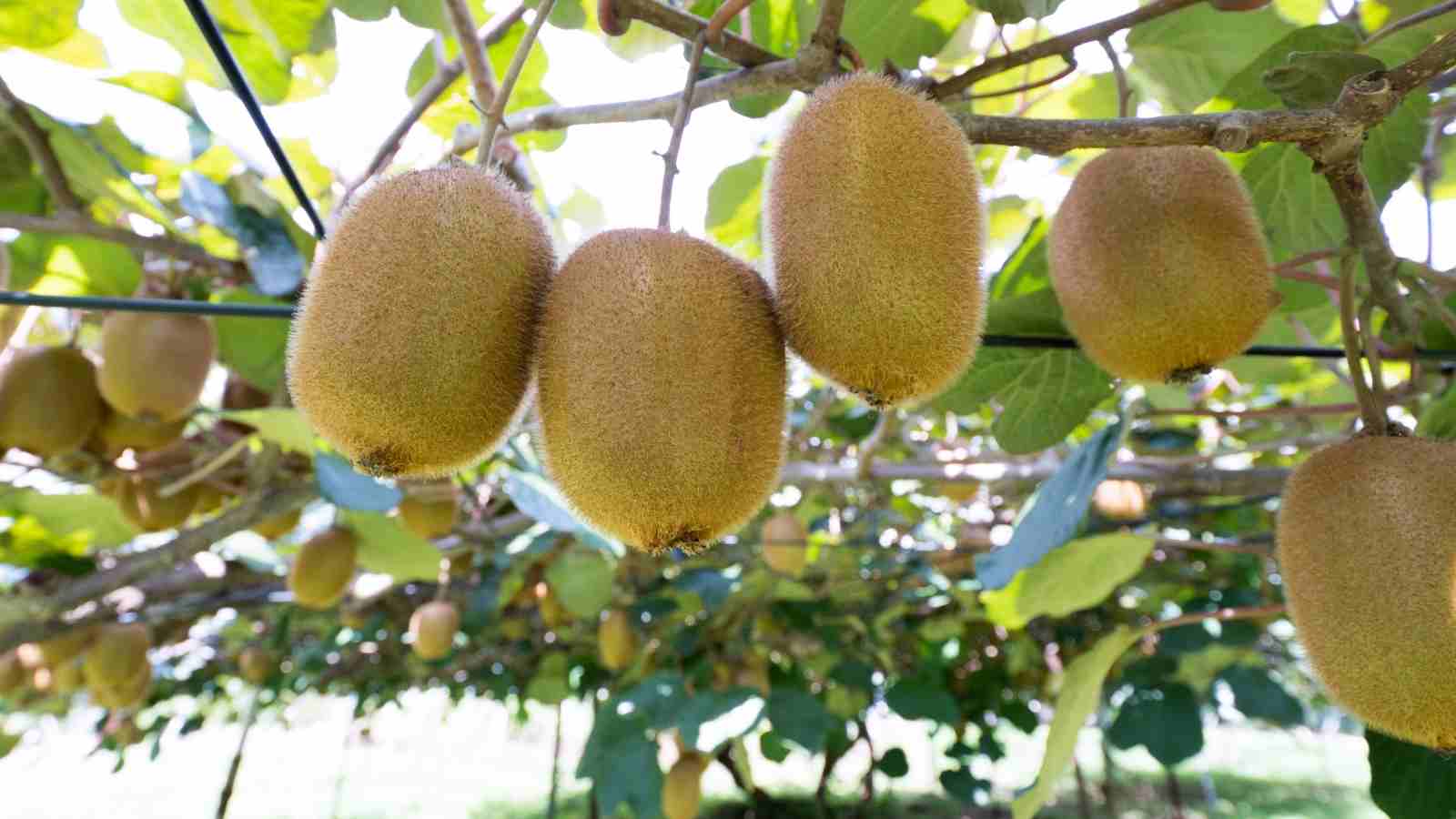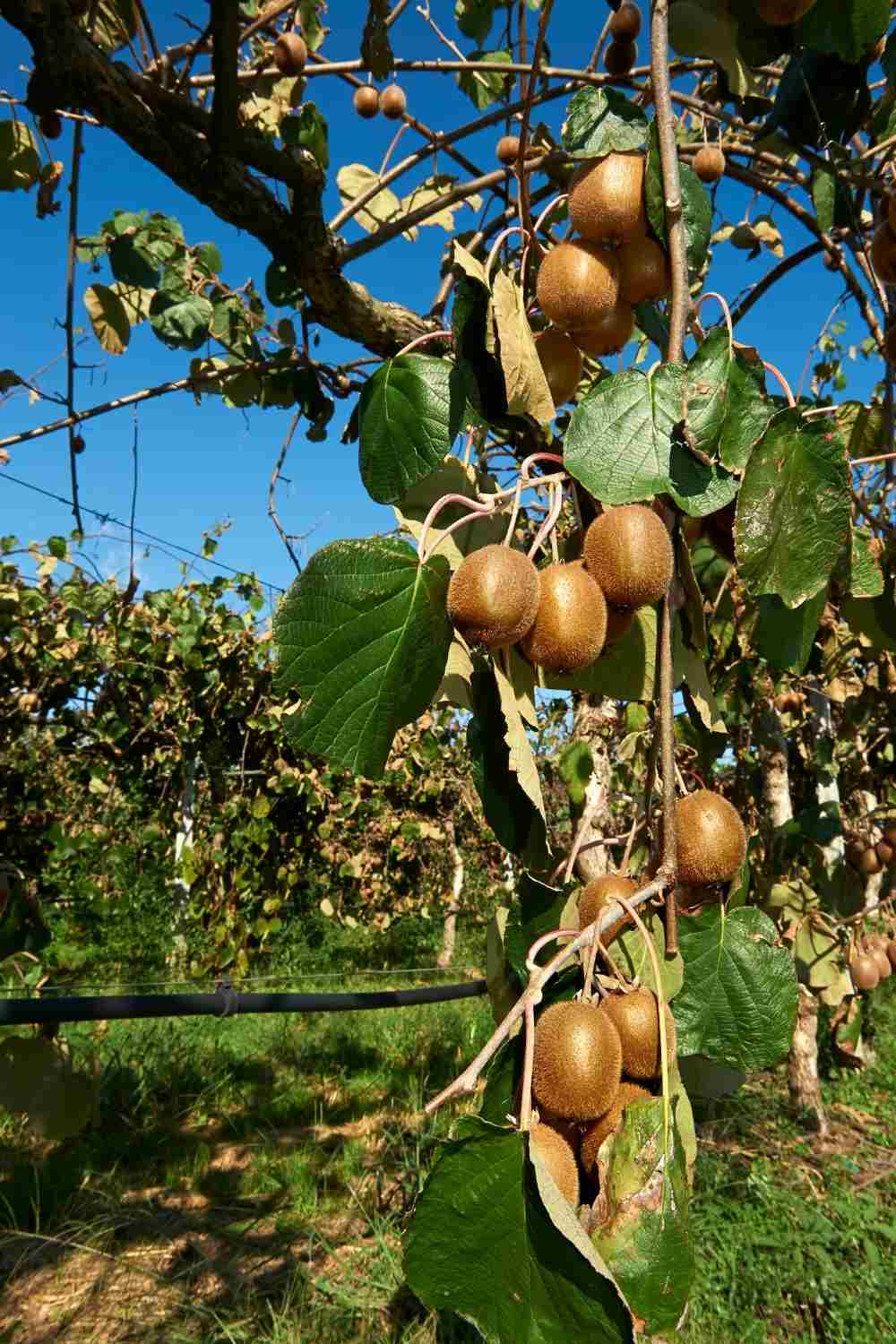Be it Kiwi or be it mango, all fruits are extremely nutritious and very delicious. The kiwis were not indigenous to India. With the increasing obsession for fitness, people are indulging in various kinds of exotic fruits. Definitely, Kiwi is one of the tastiest exotic fruit. From preparing Kiwi lime pies to savoring chilled kiwi squashes, kiwis can be eaten in various kinds of meals. This fruit is also lovingly called all round the world as the Chinese gooseberry.
The kiwis are in great demand in the countries of Australia, New Zealand, China, Spain, USA, Italy, Chile, Japan and France. With the increasing demand for kiwis, the regular import of the same from the foreign land was growing very costly. So, these fruits started to be grown in India itself. In India, the kiwis are primarily grown in the areas of Sikkim, Arunachal Pradesh, Jammu and Kashmir and in Meghalaya.

The kiwis are rich in various kinds of nutrients. These fruits contain a high level of Vitamin C and Vitamin E. All the more, with the high content of heavy fiber and antioxidants, these fruits tend to be very good for the skin. Even the digestion problem of the body gets solved by consuming the same. These fruits contain a good amount of Calcium, Phosphorous and Potassium.
Owing to the less amount of sugar, these fruits tend to act as great consumption of natural sugars by the diabetic patients. With the kiwis, there are certain types of allergies which come handy to some. Likewise, there might be difficulty in swelling or there can also be vigorous vomiting. It is thus, always advised to check for the allergies first and then, consume these fruits. Well, here in, primarily we will be talking about the major aspects of the kiwi farming all across the country.
1. What are the soil requirements required to grow kiwis in India?
The soil at first needs to be deeply tilled and then, make it fertile. These kiwis can survive in any kind of soils. Primarily, these kiwis are grown in the sandy loam soils which has to be extremely rich in organic manure. All the more, these soils need to be made moist by regular sessions of irrigation. The soil needs to contain proper water retentive factor. With adequate moisture in the soil, the need for aeration also needs to be stressed upon.

The soil ought to be kept loose so that the roots can breathe and grow properly. The pH factor of the soil needs to be within the range of 5 to 6.7. The agricultural researches reveal that, if the pH level happens to cross 7.9, then, the plants tend to die. This immature death occurs due to the Manganese deficiency at this high pH level.
It is extremely important to understand the various facets of soil preparation for the kiwi farming. Since, these plants are grown in the hilly areas of the country, hence, the slope gets shaped into stairs. Thereby, by the help of terrace farming, the kiwis are grown. The soil then needs to laid out in rows and the plantation need to face a north to south direction. This specific direction helps to make the plants receive the maximum amount of sunlight in the initial days of growth.
2. Are there any climatic needs to ensure the proper kiwi farming across India?
The kiwis demand very specific climatic requirements. They grow in hilly areas hence; they need cool temperatures. On an average, at max., the temperature can rise up to 35 degree Celsius. The optimum range of temperature to grow kiwis lies between 16 degree Celsius to 25 degree Celsius.
The plant needs an average rainfall of 150 cm to 170 cm in a year. Moreover, the fruits need low humidity. In addition to it, these fruits tend to need a long duration of chilling session. At least, the fruits need 700 – 800 hours of chilling session. With such climatic conditions, the states like Kerala and Himachal Pradesh can afford growing crops very easily.
3. What is the planting season of the Kiwis in India?
With the very beginning of the month of January, these plants are grown. With the help of shoot grafting and cuttings, these kiwis are grown and hence, propagated. The roots of the plants need not be immersed too deep in the soil and ought to be cut up to 30 cm to progress vegetative growth efficiently. On an average, the plants are grown at a distance of 4 m from each other. With this method, the kiwi varieties that can be grown are Monty, Abbott, Bruno and Tomuri.
